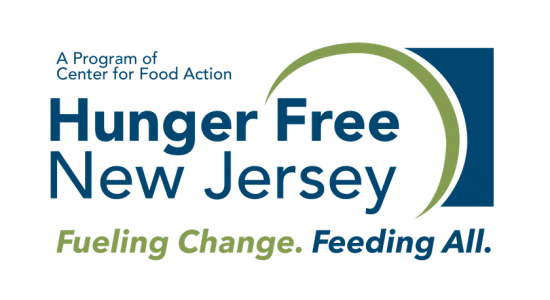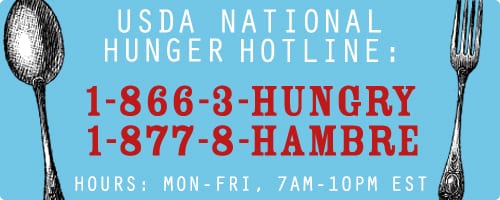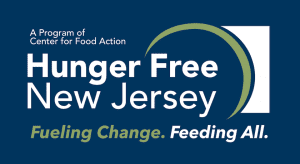Strengthening SNAP
SNAP
The First Line of Defense Against Hunger
Pumping more than $1 billion into New Jersey’s local economies each year, the Supplemental Nutrition Assistance Program (SNAP) feed tens of thousands of low-income workers, children, senior citizens, veterans and people with disabilities, reducing hunger in the Garden State.
Boosting SNAP Report, 2021

As the first line of defense against hunger, SNAP helps about 750,000 New Jersey residents afford food each day.
Enact state policies to broaden assistance allowing households receiving at least $21 per month in energy assistance to qualify for higher SNAP aid.
Strengthen policies and programs to avoid punishing people who cannot find a job or participate in a training program.
Address barriers to participation, including application streamlining and community outreach.
Not nearly enough. More than 230,000 New Jersey seniors face hunger each year, yet less than half of eligible seniors receive SNAP.
The Solution
Change state policies to make it easier for seniors to apply for and receive SNAP.
More than a third of college students don’t always have enough to eat, yet only about one-third of hungry students access aid through SNAP, according to a 2018 U.S. Government Accountability Office report.
Hungry college students may be forced to delay their education to make ends meet – setting them up for a cycle of poverty that becomes difficult to break.
The Solution
New Jersey recently enacted the Hunger Free Campus Act, (A-4702/S-3239), which establishes a fund to help colleges expand access to SNAP and enact other policies to combat campus hunger. We will be working with state officials and the college community to ensure successful implementation.
What is SNAP?
How are we strengthening SNAP?
The Facts About SNAP
SNAP Feeds NJ Report
SNAP brings $1.2 billion into New Jersey’s local businesses, while keeping about 800,000 New Jersey residents from going hungry, according to Hunger Free New Jersey’s report.
Faces of Hunger
“We had the American dream. In the blink of an eye, it turned to a nightmare when my husband was out of work. SNAP gave me peace of mind, knowing my kids wouldn’t go to bed hungry.''
SNAP & Congress
NJ SNAP helps thousands in New Jersey’s Congressional Districts. Use our Congressional fact sheets to show your representatives how important food aid is to the people in his/her district.



